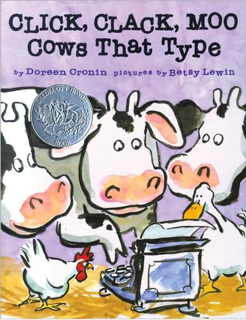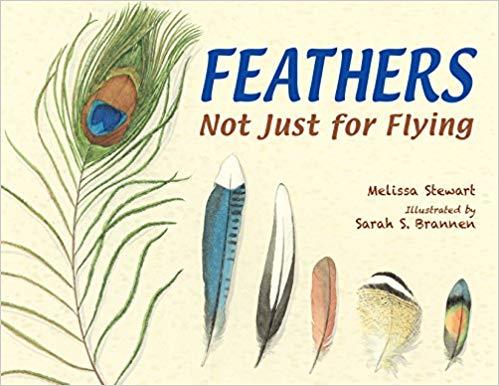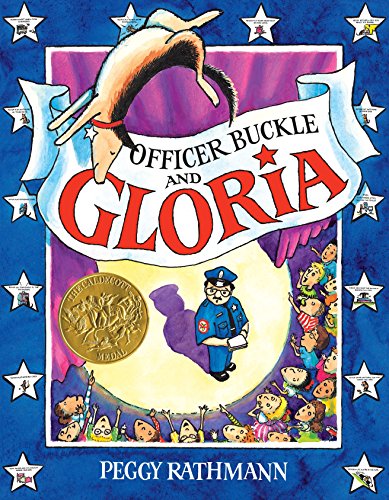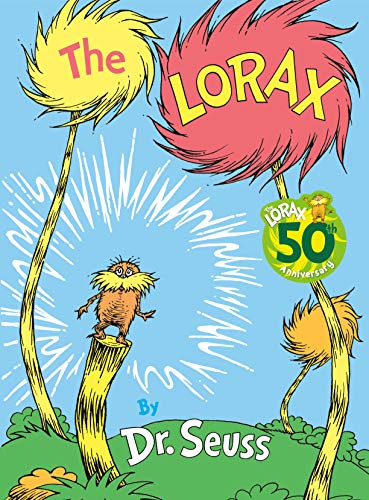Accuracy
Look carefully at letters and words
Reading is a visual task which requires readers to look closely at the fine differences of print to distinguish letters and words.
Reading is a visual task which requires readers to look closely at the fine differences of print to distinguish letters and words.
If you see readers who . . .
Looking carefully at letters and words increases the reader's awareness so they visually discriminate letters or words and accurately read the text in front of them.
When you read, focus on the letters and words in front of you and check for understanding to make sure the words make sense as you go.
We teach this strategy through modeling and thinking aloud. This gives children a chance to see what it looks like, sounds like, and feels like to Look Carefully at Letters and Words. It also gives them a chance to hear what we are thinking as we use this strategy.
When reading, it is important to pay attention to the details of each letter and word. When you are first learning to read, this takes awareness and focus, but the more you read, the more automatic it becomes. Sometimes a reader just wants to get through the text, and as a result they read too fast and make errors. This changes the meaning of the text and can make it hard to understand. To keep this from happening, we use the strategy Look Carefully at Letters and Words. To do this, we slow our rate of reading down, paying close attention to the letters that form the words we are reading. As we read, we are constantly checking to make sure the text makes sense.
Write an example sentence on the board: “I took a flight home from Florida.”
Read the sentence: I took a fight home from Florida.
Stop and think aloud: Wait a second—that doesn't make sense! I can't take a fight. Let me reread and look carefully at letters and words. I am going to look at the word fight. Oh, now I see! I see an L in the word that I missed the first time. The word isn't fight; it's flight. I took a flight home from Florida. Sometimes when we read, there are words that look alike, with only one or two letters different. It is important to pay attention so we can read accurately and understand what we read.
Suggested language:
Possible ways to differentiate instruction:
Reconsider materials, setting, instruction, and cognitive processes.
These strategies may provide support before, during, and after teaching this strategy:
Want to hear about this strategy from a student's perspective? Let Kid Teacher, Miss Hadley, tell you—in her own words—how this strategy helps her grow as a reader. We think it will help your students too!
Each book below has a coordinating lesson with an explicit example to teach this strategy. Select a book cover below, then download the lesson to see for yourself. At The Daily CAFE these were called Lit Lessons.



